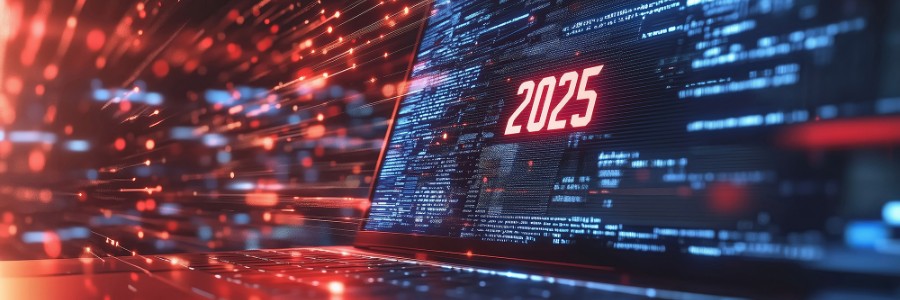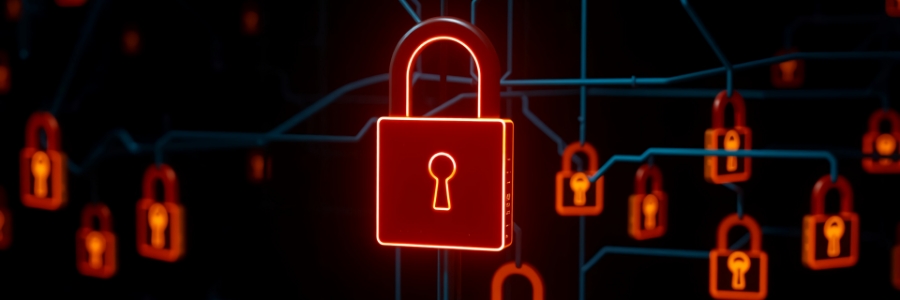Software-as-a-Service (SaaS) tools are revolutionizing the way small and medium-sized businesses (SMBs) operate, offering unparalleled convenience and scalability. But behind this ease lies a growing risk: cybersecurity vulnerabilities that could threaten a business’s future.
Stay secure in 2025: Cybersecurity resolutions you should keep this year

Cybercrime is more sophisticated and persistent than ever, putting small businesses at significant risk of attack. The new year offers a fresh start, and what better way to begin than by prioritizing your business’s cybersecurity? Below are seven actionable resolutions to help you protect your data, your customers, and your reputation in the coming year.
5 online holiday shopping safety tips

While online shopping is much more convenient than navigating densely packed shopping centers, it also brings its own set of challenges. Cybercriminals exploit the increased online traffic and shoppers' eagerness for deals, intensifying their attacks with scams, phishing, and fraudulent offers to deceive unsuspecting buyers.
Retailers: Don’t let the Grinch steal your cheer (and your customer data)
How retailers can defend against cyberthreats in the holidays
Power up your passwords with a NIST-guided approach

Your passwords are the key to your digital kingdom. By following the latest recommendations from the National Institute of Standards and Technology (NIST), you can empower yourself with strong passwords that safeguard your online identity.
The evolution of password guidelines
Initially, NIST emphasized the complexity of passwords, encouraging a mix of uppercase letters, lowercase letters, numbers, and special characters.
The 5 most common security risks to your IT and how to address them

Security breaches often stem from a handful of common threats, both internal and external. Identify the five most IT security risks and learn how to address them effectively to keep your systems safe.
Accidental malware installation
Malware, also known as malicious software, is software created that causes damage to computers, servers, or networks.
Unmasking fileless malware: How hackers attack without a trace

The techniques cybercriminals use to hack into systems are not any simpler. Today, there's a glut of malware types that don't rely on traditional methods for infiltration. Fileless malware, in particular, is an incredibly elusive and dangerous threat that can bypass even the most sophisticated security measures.
Why MFA isn’t foolproof: How to strengthen your security

Multifactor authentication (MFA) significantly enhances your business's security, but it's not invincible. Cybercriminals have found ways to exploit MFA's weaknesses, and understanding these is essential for safeguarding your business. This article will guide you through common MFA hacks and provide preventive strategies.
A breakdown of VPN benefits and how to pick the right service for your business

While firewalls and anti-malware software offer essential protection, they aren't sufficient to fully secure your data from cybercriminals. Fortunately, a virtual private network (VPN) can help bridge this security gap. This article explores how VPNs can bolster your business’s security and key factors to consider when choosing the right VPN for your needs.


